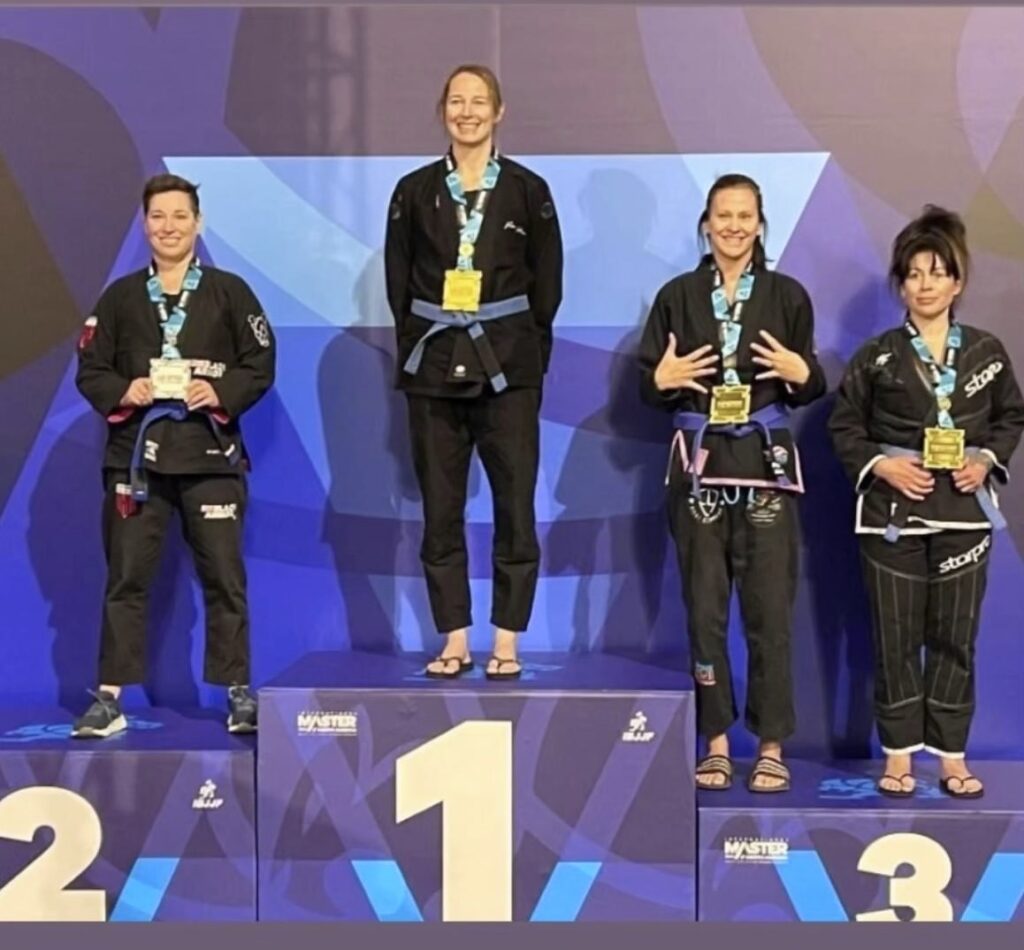In a world that often glorifies the destination, it’s easy to fall into the trap of fixating on end results and overlooking the beauty of the journey. Whether it’s striving for career success, personal goals, or even just getting through the day-to-day grind, we can become so focused on reaching our desired outcomes that we forget to savor the process along the way.
But what if we shifted our perspective and learned to embrace the journey, finding joy and fulfillment in each step we take? What if we acknowledged that life is not just about the destination, but about the experiences, lessons, and growth that occur along the way?
The truth is, the journey is where the magic happens. It’s where we discover our strengths, confront our fears, and forge meaningful connections with others. It’s where we learn, evolve, and become the best versions of ourselves. And yet, all too often, we rush through it in pursuit of some elusive end goal, only to find that once we reach it, we’re left feeling empty and unsatisfied.
So how can we learn to enjoy the process and embrace the journey? Here are a few tips to help shift your focus from the destination to the path that leads you there:
- Practice mindfulness: Take time to be fully present in the moment, appreciating the sights, sounds, and sensations around you. Whether you’re going for a walk in nature, sipping your morning coffee, or working on a project, immerse yourself fully in the experience without judgment or distraction.
- Set intentions, not expectations: Instead of rigidly fixating on specific outcomes, focus on setting intentions for how you want to show up and engage with the world. This allows for greater flexibility and openness to whatever unfolds, fostering a sense of curiosity and wonder along the way.
- Celebrate small victories: Acknowledge and celebrate the progress you make, no matter how small or incremental it may seem. Each step forward is a testament to your efforts and dedication, and deserves to be recognized and appreciated.
- Cultivate gratitude: Take time each day to reflect on the things you’re grateful for, whether it’s the support of loved ones, the beauty of nature, or the opportunities that come your way. Cultivating an attitude of gratitude can help shift your perspective from scarcity to abundance, allowing you to see the blessings that surround you.
- Find joy in the process: Seek out activities and pursuits that bring you joy and fulfillment, regardless of the outcome. Whether it’s pursuing a creative passion, spending time with loved ones, or engaging in acts of service, prioritize activities that nourish your soul and bring you happiness.
Ultimately, life is a journey, not a destination. By learning to embrace the process and find joy in the journey, we can cultivate a deeper sense of fulfillment, meaning, and purpose in our lives. So take a moment to pause, breathe, and appreciate the journey you’re on. After all, it’s not just about where you’re going, but how you get there that truly matters.
– Coach Danny









